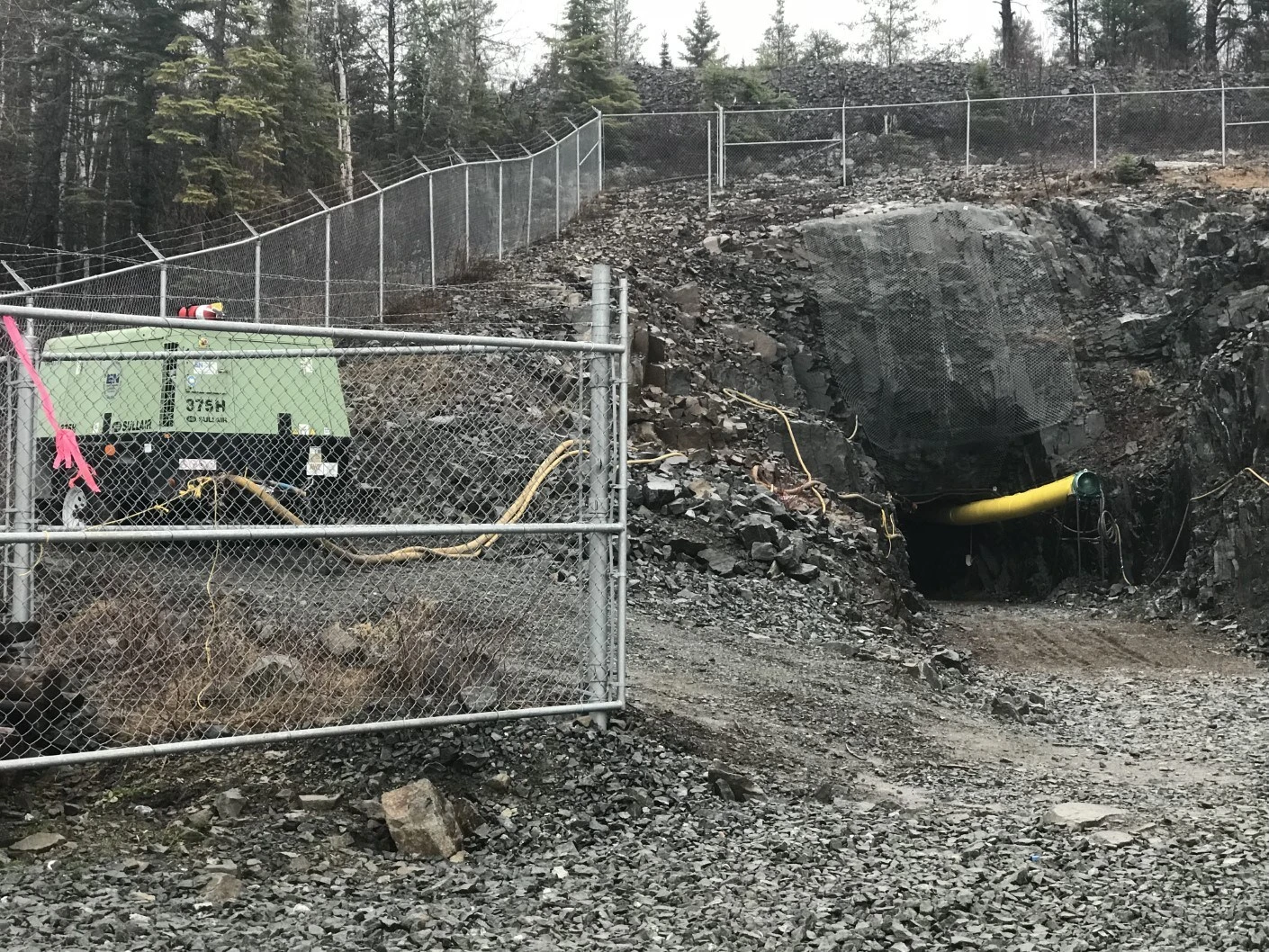600 Million Ounces: North America's Silver Capital
From 1903 to 1989, over 100 mines extracted high-grade silver from narrow veins. Modern technology now enables recovery of silver left in tailings and deeper zones that historical miners couldn't access.
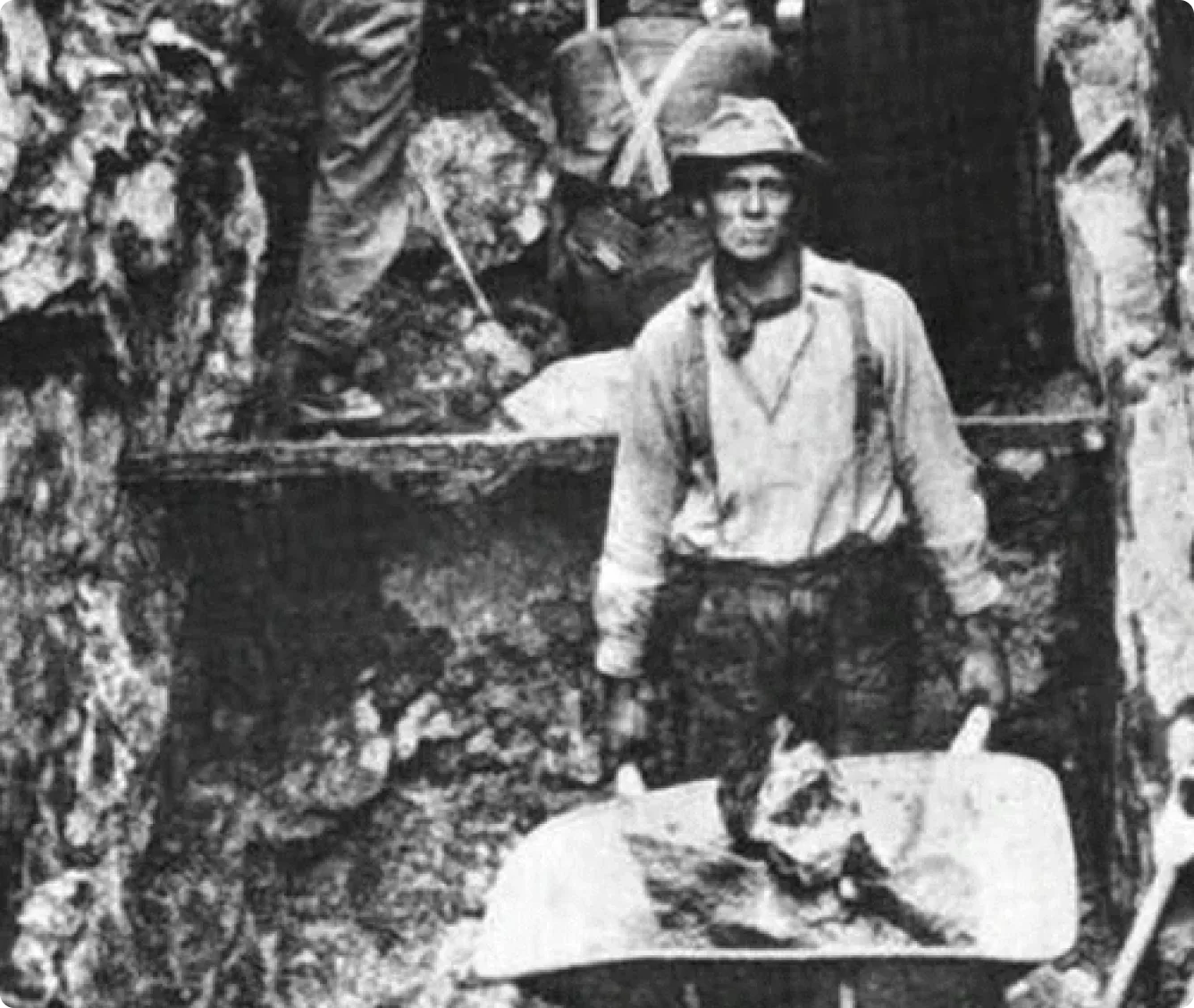
1903-1920
Railway Sparks Silver Rush
Workers building the Temiskaming & Northern Ontario Railway struck silver at what became Cobalt. Within three years, 16 mines operated. The rush expanded to Gowganda (1907), Elk Lake (1908), and sparked gold discoveries at Timmins (1909) and Kirkland Lake (1911).
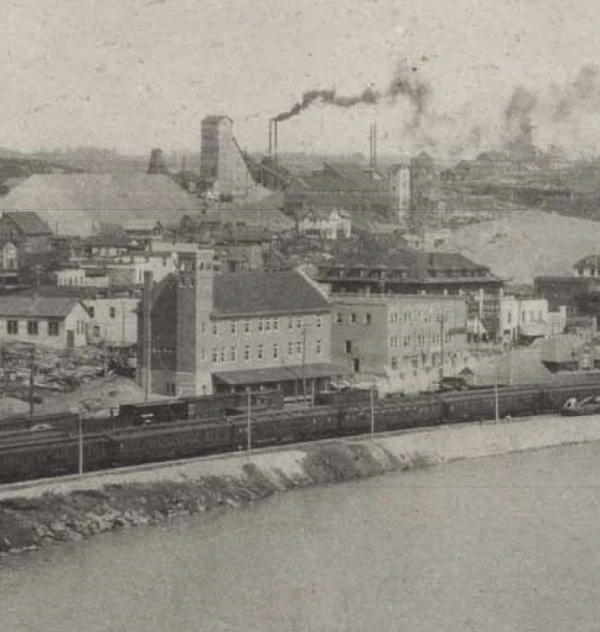
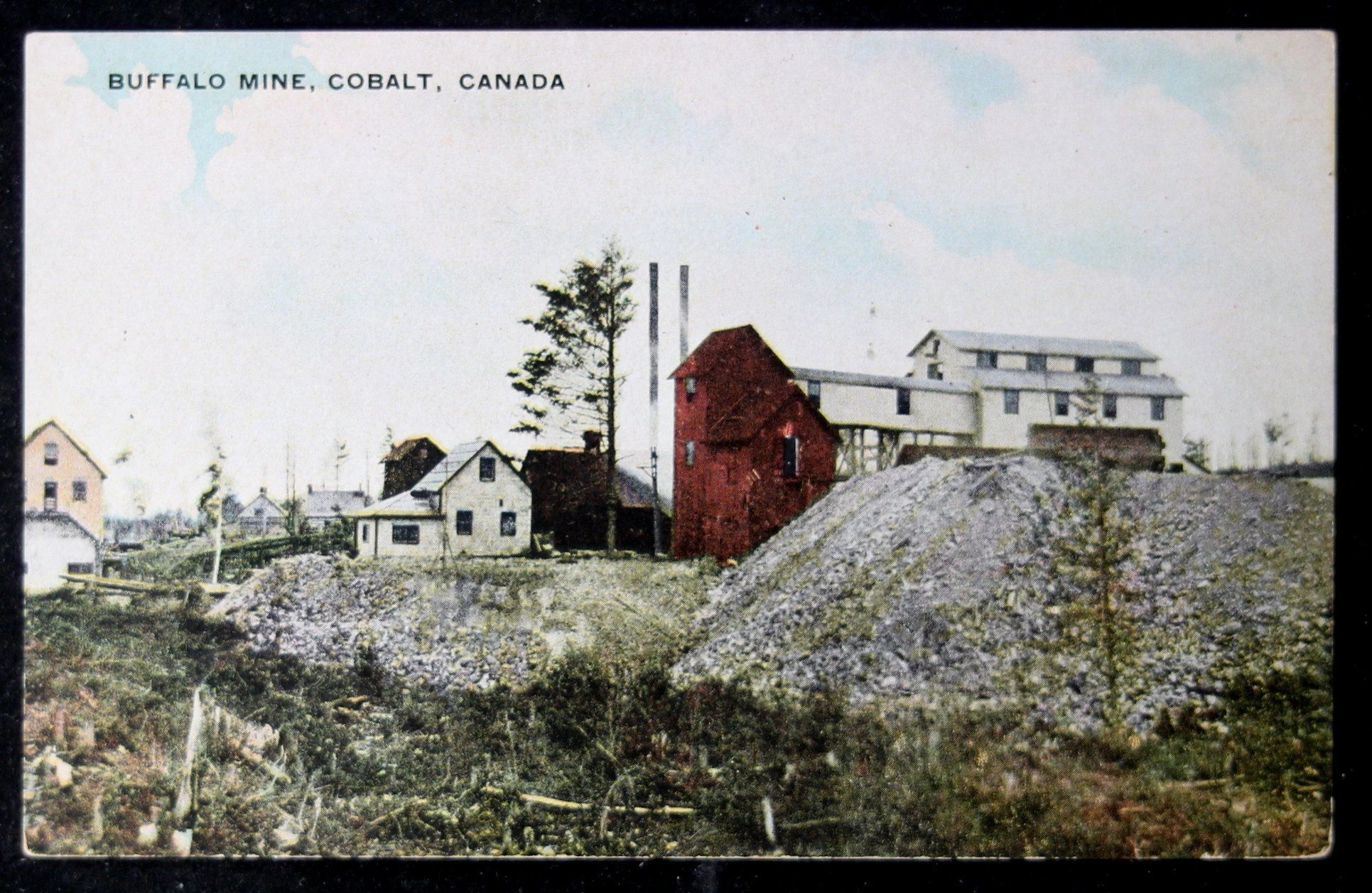
1920-1970
Consolidation and Depth
Low silver prices ($0.50/oz) forced consolidation. Surviving operations went deeper, following veins to 800+ feet. New milling technology improved recoveries but still lost fine silver.
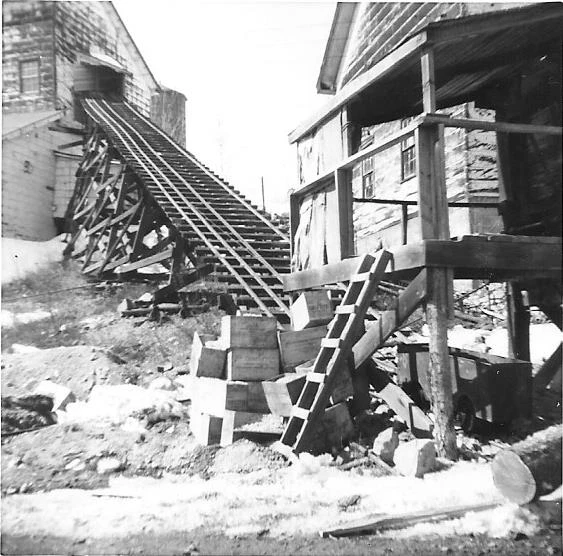
1970-1989
Modern Mining, Then Closure
Agnico Eagle and others applied modern methods. Underground development reached 1,600 feet at some mines. But $6/oz silver in 1989 forced closure of the last operations.
2011-PRESENT
Technology Enables New Era
Modern drilling, processing, and environmental technology make previously uneconomic resources viable. Nord's Castle East discovery proves significant mineralization remains. Tailings contain recoverable silver. Deeper drilling finds continuous high grades.
